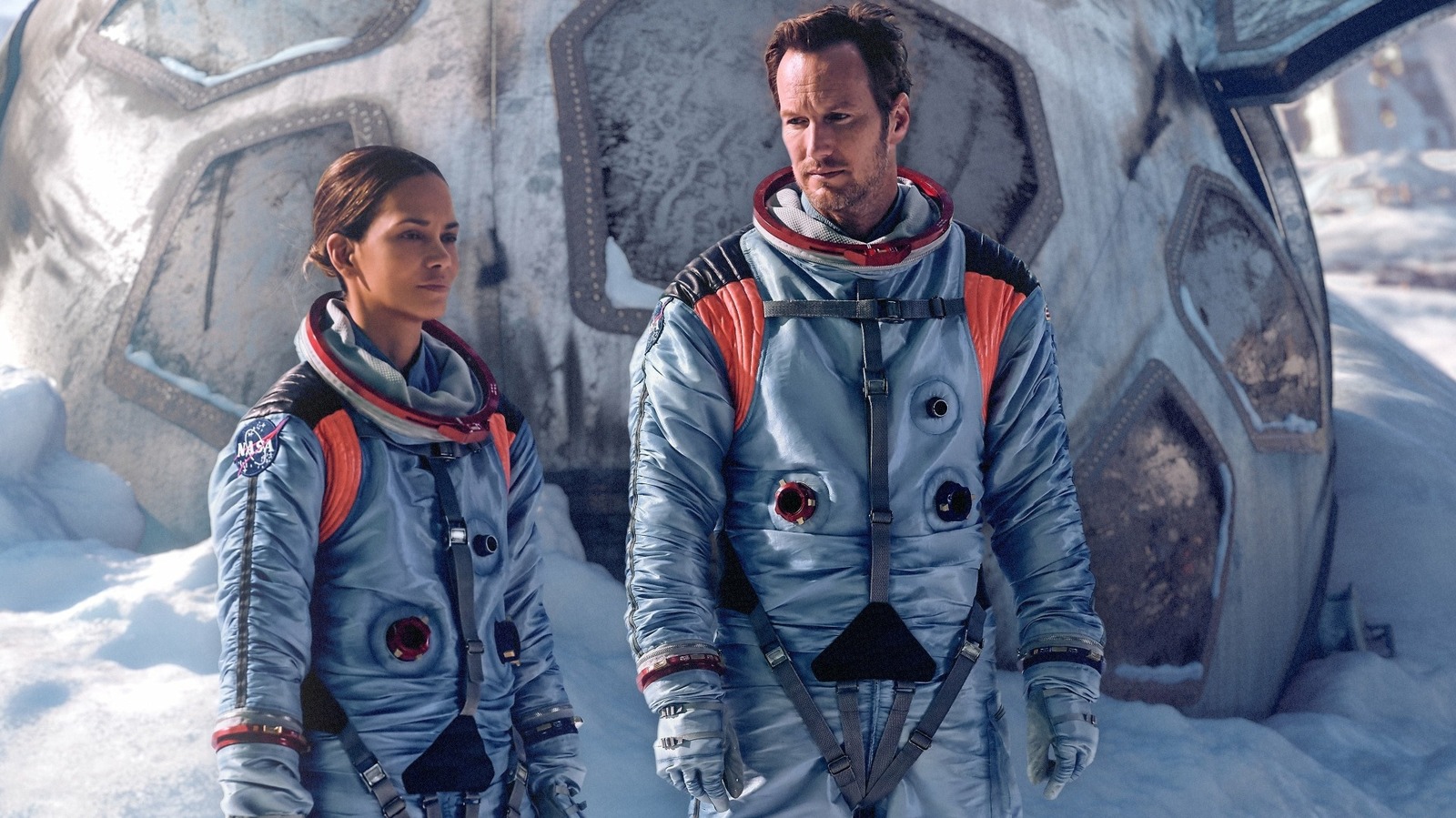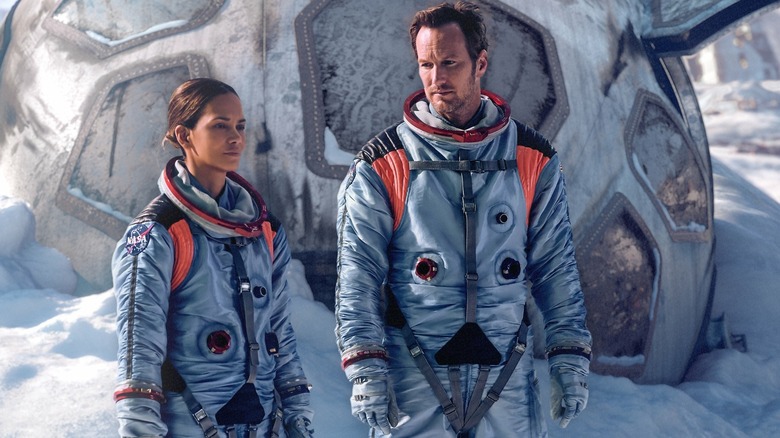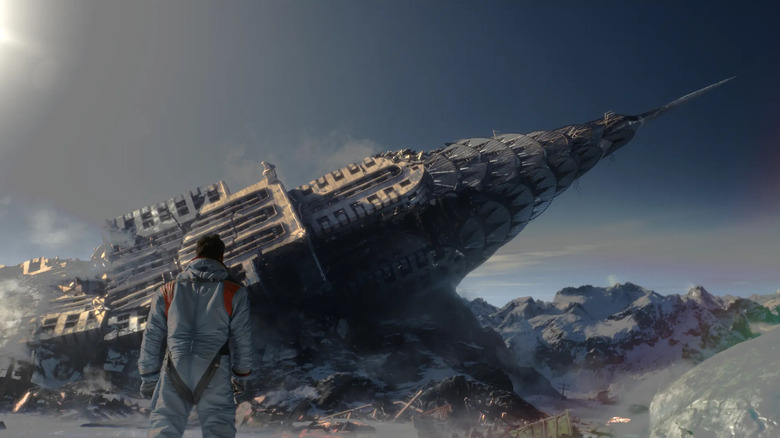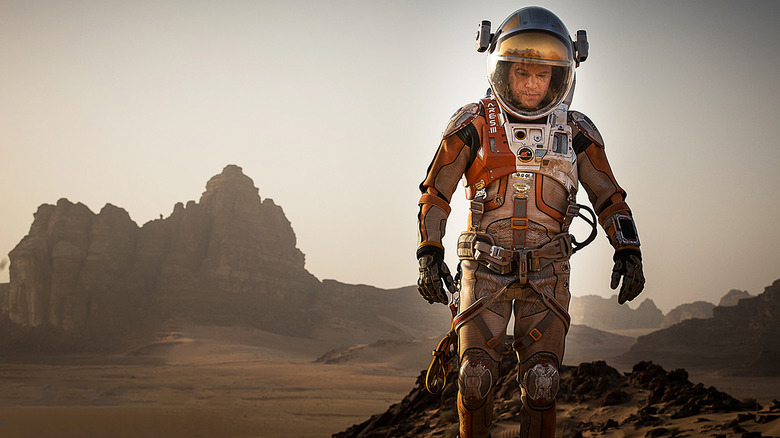Least scientifically accurate sci-fi movie, according to Neil deGrasse Tyson
Just know that when famed astrophysicist Neil deGrasse Tyson takes issue with the bad science commonly found in mainstream Hollywood blockbusters, he’s not trying to spoil anyone’s fun. He’s just a nerd, and I think we can all respect that. There is nothing shameful in having great scientific knowledge, and pointing out the physical and astronomical errors in the film can only hopefully encourage the filmmakers to be more accurate next time. Example: Tyson sadly complained to director James Cameron that, in Titanic, he mistook the night sky. Tyson knew what the constellations looked like in the North Atlantic on that fateful April night in 1912, and suggested that Cameron use digital tricks to remake the sky accordingly. Cameron, also being a nerd, obliged.
When it comes to most space movies, Tyson has a lot to complain about. Audiences have recognized that most science fiction spaceships, for example, are equipped with “artificial gravity”, even though no such thing exists. A physicist would point out that the ship must spin sideways to keep its occupants from sticking to the floor. And of course, any science student could tell you that there is no sound in space, and that the roar of a starship’s engines, sharp blasters, and spectacular explosions would actually be silent.
However, there are a few movies that challenge anyone’s credulity. Michael Bay’s 1998 thriller Armageddon, for example, follows a team of drillers and astronauts who fly to an approaching comet to blow it up. incl 2024 episode of The Jess Cagle Show Tyson gave several reasons why blowing up a potentially deadly comet is a bad idea. In fact, he once felt that Armageddon was the most brazenly unscientific science fiction film ever made.
But Armageddon was recently supplanted by an even dumber movie. Tyson has some harsh words Roland Emmerich’s 2022 Mega Dud Moonfall.
Moonfall defies all laws of physics
“Moonfall” is about a couple of cosmonauts (Halle Berry and Patrick Wilson) who, back in 2011, were on an accidental space mission when Wilson’s character witnessed a swarm of alien craft. No one believed him and he lost his career. Ten years later, Berry and Wilson are contacted by a wild conspiracy theorist (John Bradley) who claims that the moon is a massive, man-made superstructure, and that an entire alien civilization resides within it. He also noticed that the Moon is leaving its orbit and will begin to pass closer and closer to the Earth.
As the Moon does the same, Earth’s weather systems are disrupted. Eventually, it passes so close that the Moon’s gravity begins to pull people away from Earth’s surface. The three main characters fly to the moon … and find aliens hiding inside. The film is pleasantly dumb and bloated, like many of Roland Emmerich’s films.
Tyson said on social media that Armageddon “breaks more laws of physics (per minute) than any other movie in the universe.” That honor, he said, once belonged to the 1979 Disney film Black Hole. Unfortunately, “Moonfall” flew in and blew both of them out of the water. “That’s what I thought for now “I saw ‘Moonfall,'” he said on “Jess Cagle,” before simply smiling. He characterized the film indignantly as follows:
“It was a movie about a pandemic (…) — you know, Halle Berry — and the moon comes close to Earth and they find out it’s hollow. And there is a moon made of rocks that live in it. And the Apollo missions were supposed to visit and feed the lunar creature.* And I… And I just couldn’t… I thought Armageddon held that crown securely, but apparently not.’
Tyson doesn’t even go into detail about the myriad reasons why the physics in Fall of the Moon are wrong. Many of them may seem clear to the audience. For example, the moon falling to the Earth will not allow you to jump from the car.
*Editor’s Note: This story is not entirely accurate.
What do I have to do to please you Neil??
In its appearance on The Late Show with Stephen Colbert Tyson noted that sometimes Hollywood gets it right. He might have hated that the sky on the Titanic was wrong, but he felt that if a resourceful scientist and engineer had been involved, fewer people would have drowned. He wanted Leonardo DiCaprio’s Jack to be more like Matt Damon’s Dr. Watney from Ridley Scott’s 2015 film The Martian. Tyson likes The Martian because it actually explores the real-world physics and practical challenges of space travel. Tyson even explained the scientific accuracy of “The Martian” in video essay for Slate.
Indeed, Tyson wrote video on his StarTalk channelwhere he ranked science fiction films based on their accuracy (or lack thereof), broad concepts, and even philosophy. He called The Black Hole one of the most significant movies he’s ever seen, just because it was so bad. He saw the film in college and was outraged that no research had been done while writing it. But he also loved The Matrix, despite the impracticality of using the human brain as a power source. Tyson has also positively cited films such as Contact, Interstellar, “Gravity”, “Arrival,” “The Silent Earth” and even “Smudge,” which he said was the most accurate depiction of aliens. Why, after all, does the alien have to be a humanoid biped?
But know that Tyson also made the list Robert Zemeckis’ Time Travel Thriller “Back to the Future” as one of the best sci-fi movies of all time… just because it’s entertaining and well written. Yes, you can pick on the science of time travel and how causation doesn’t work the way it does in a Zemeckis movie, but Tyson can have fun at the movies. He is not just a stick in the mud. He’s just trying to get readers to read more physics books.











